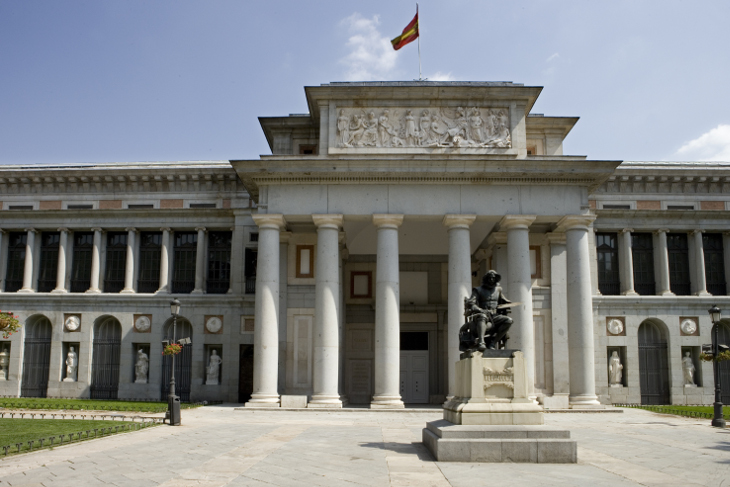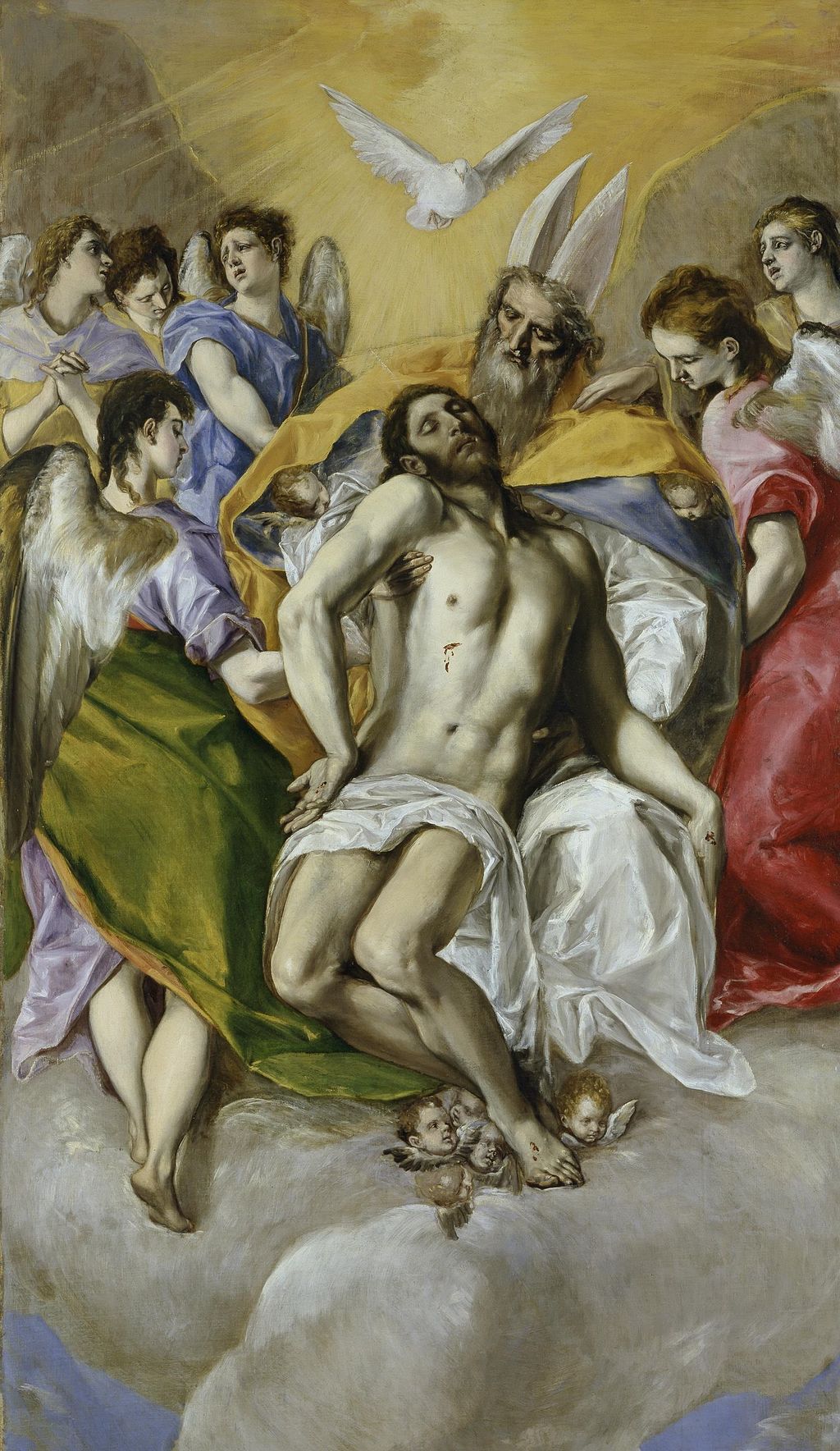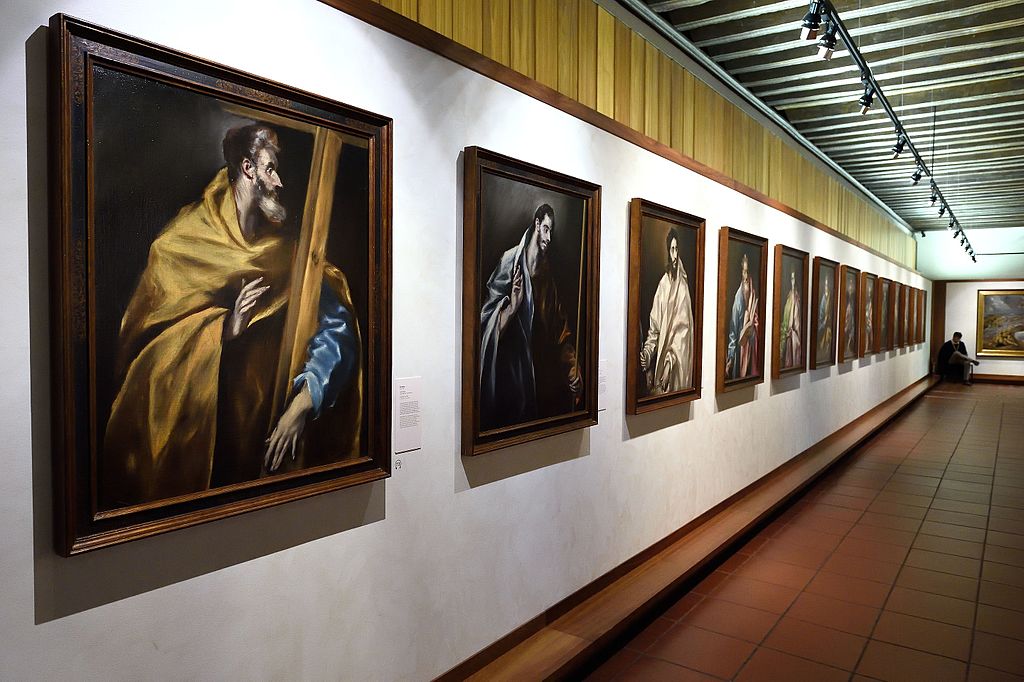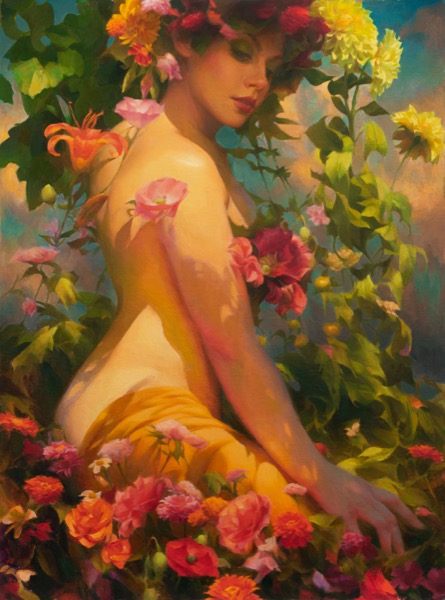
The Museo del Prado, formerly the Royal Museum of Paintings and Sculptures, was opened to the public in November of 1819. The core of the original permanent collection was drawn from the various Royal Residences of Spain with particularly important works being acquired by Charles V in the 16th century and the subsequent Habsburg and Bourbon Monarchs. Now housing more than 20,000 works (7,000 exhibited) and spanning 135,000 square meters, the Prado is renowned for its Spanish collection, including works by Goya, El Greco, Murillo, and Velasquez. Indeed, the museum houses the largest collection of Goya (130 paintings) and Velasquez (48) in the world.
Like most world-class museums, the size of the collection is so daunting that the typical visitor soon becomes glassy eyed from the sensory overload. Having been fortunate enough to visit most of the world’s great art museums, I have made it a practice to resist the temptation to “see it all” or only view the “most famous” works. In my latest visit to the Prado in November, with a nod to the Spanish masters and an historical focus on the evolution of sacred art (view our Sacred Art videos on this website), I focused on two significant works by Murillo and El Greco.
Recall that as a result of the Renaissance emphasis on humanism rather than spiritual enlightenment and the Protestant Reformation, the Roman Catholic Church, via the Council of Trent (1545-1562), mounted a campaign to renew religious art that was grounded in Catholic teachings and would be uplifting and compelling particularly to the common man. With radically different styles, the works of Bartolomé Esteban Murillo from Seville and El Greco from Toledo were both successful in their emphasis on emotion and promulgation of the faith.

Murillo: While Marianists cannot help but stand in raptured wonder at the foot of Bartolomé Esteban Murillo’s, The Immaculate Conception of Los Venerables (above), many critics have dismissed his work as saccharine although masterful. Most viewers would assume that Murillo was simply another Catholic painter of the Counter-Reformation, depicting well-established religious tenets of the Church by creating a composition that references two dogmas, the Assumption, and the Immaculate Conception.
To the contrary, Murillo was championing a religious cause lead by Spain promoting the then controversial belief in the Immaculate Conception of the Virgin Mary (that she was born without original sin). After much debate, it eventually became one of the distinctly Catholic beliefs two hundred years later when it was formally accepted and defined as dogma by Pope Pius IX in the 19th century.
While Murillo painted the subject many times, his most popular rendition was this one, shown here, and hung in the Hospital of the Venerable Priests in Seville until it was looted by the French during the Peninsular War and acquired by the Louvre in 1852. Eventually, the masterpiece was returned by the Vichy government in 1941 to Francisco Franco and installed in the Prado.

El Greco (Domenikos Theotokopoulos): Heeding the call for emotion and spirituality over temporal tableaus that emphasized the virtuosity of the artist, El Greco’s mesmerizing canvases with his distinctive fusion of Byzantine traditions and Mannerism inspired Cubism, Surrealism, and Expressionism. In The Trinity (above), one of his most renowned works and the first religious painting by El Greco to enter the museum collection, El Greco expressively and dramatically depicts Jesus Christ ascending into heaven to God the Father and the Holy Spirit. The masterpiece, characterized by his unmistakable quintessential elongated figure painted with bold color and emotion was also his first commissioned work in Toledo (altarpiece for the Church of Santo Domingo el Antiguo).

Prior to 1872, El Greco was known for his work as a portraitist. Indeed, if you visit the El Greco Museum in Toledo, you will have the unique opportunity of viewing a series of 13 portraits (1610-1614) by El Greco depicting Christ and his 12 apostles. And while in Toledo, don’t miss two of his other famous works in Iglesia de Santo Tomė (The Burial of the Count of Orgaz, 1586) and Santa Iglesia Catedral Primada de Toledo-the Toledo Cathedral (The Disrobing of Christ, 1577-1579).
Shannon Robinson is the curator and chairperson of the biennial exhibition Windows to the Divine and the annual Collectors for Connoisseurship Arts Weekends that have been hosted by our nonprofit in Denver, New York City, Paris, Atlanta, Savannah and The Hamptons.






